The turmoil at OpenAI following the firing and reinstatement of CEO Sam Altman last week has raised major questions about OpenAI's governance model.
Contradictions in OpenAI's model
According to Politico , OpenAI's six-member board of directors is not a typical board because it governs a nonprofit organization and that organization runs a for-profit tech company.
According to OpenAI’s website, the company established a non-profit organization in late 2015 with the goal of building safe and beneficial artificial general intelligence (AGI). In 2019, a for-profit subsidiary was established to raise capital and hire talent, but still work under the direction of the non-profit and is legally bound to pursue the aforementioned mission.
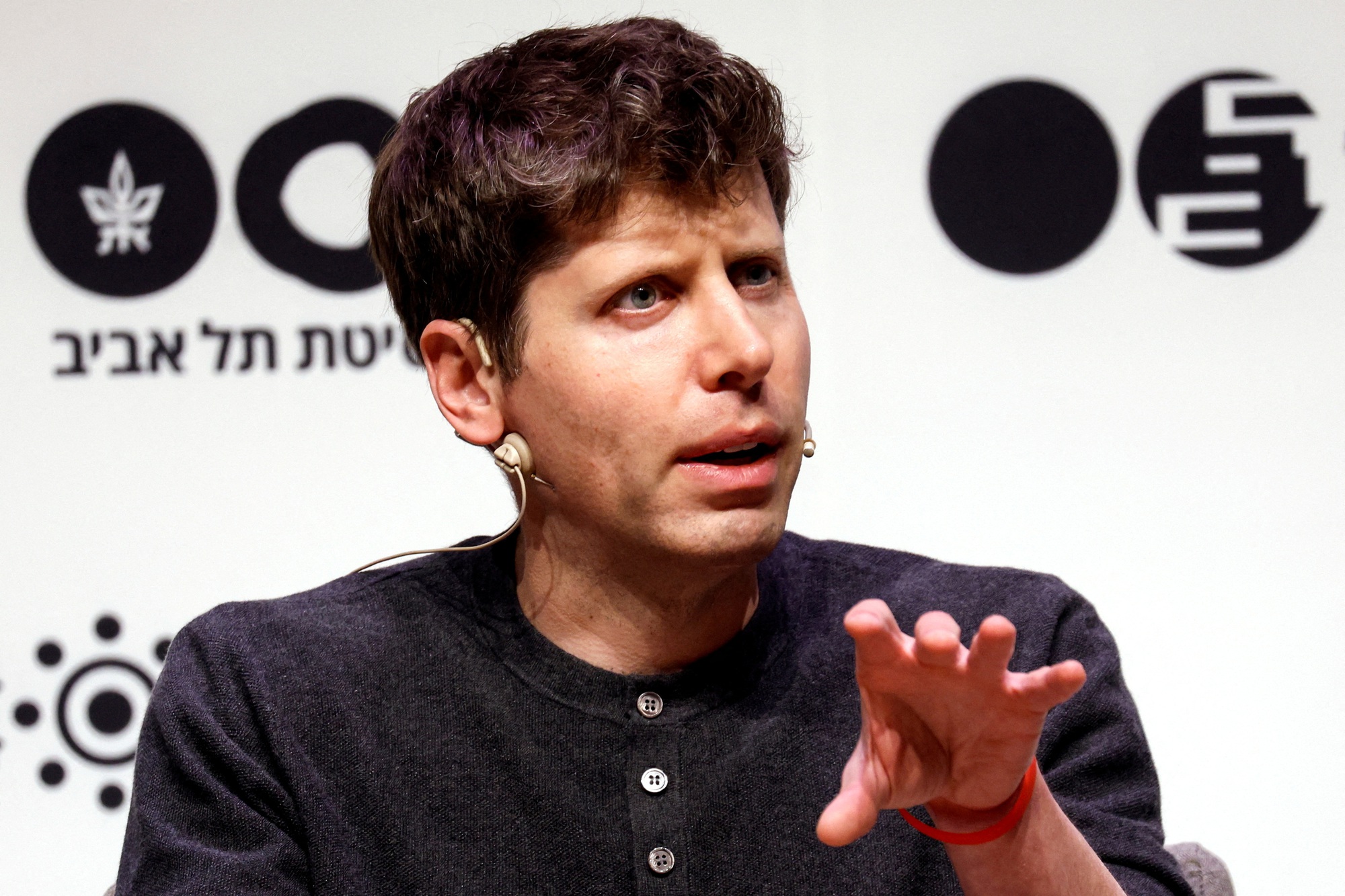
Mr. Sam Altman speaks at an event at Tel Aviv University (Israel) in June.
Such a model is the result of a movement that has gained ground in recent years to make capitalism more socially friendly by building social consciousness into the legal structures of businesses themselves. In the past, many have argued that corporations have become so focused on profits that they have lost sight of their responsibilities to their communities, countries and wider humanity.
But what happened at OpenAI last week showed the shortcomings of that approach. Politico explained that a structure focused entirely on public service would put the company in the hands of people who have no financial stake and little stake in its success.
Experts have also recently focused on this issue. New York University business professor Scott Galloway called the situation at OpenAI last week “the beginning of the end for ESG investing.”
ESG is a form of investment in which a company's environmental, social and governance criteria are key factors for investors to consider.
How to reform this model?
Legal analysts are taking a deep dive into alternative corporate structures and drawing some more specific lessons from the reform process.
Christopher Hampson, a law professor at the University of Florida, said OpenAI’s founders did not do enough to explain from the start how they would handle conflicts between the for-profit and nonprofit divisions. “What we can learn from the OpenAI incident is that those questions need to be answered as precisely as possible when forming a company,” he said.
Meanwhile, Ann Lipton, a law professor at Tulane University, pointed out that the decision to grant shares to employees of OpenAI's for-profit arm, a common tactic for attracting tech talent, was a major cause of the company's turmoil. "It turned out to be a big mistake," she analyzed.

Mr. Sam Altman attended a meeting within the framework of the Asia- Pacific Economic Cooperation (APEC) Economic Leaders' Meeting in San Francisco (California, USA) on November 16.
This structure gave the company's workforce a powerful incentive to challenge board decisions, Ms. Lipton said.
Under pressure from employees, executives involved in the plot to oust Mr. Altman are being forced to leave the board. Meanwhile, Mr. Altman and Mr. Greg Brockman, who resigned as chairman and left OpenAI’s board on November 17, will return to leadership roles at the company.
Other critics have also noted that OpenAI's troubles serve as a warning to businesses and even conventional nonprofits.
Brian Quinn, a professor at Boston University School of Law and an expert on corporate structures, predicts that companies that intend to authorize nonprofit boards in the future will be forced to eliminate them as a condition of attracting large investments. “While this may seem like control, in the long run, there will be a negotiation to reach consensus,” Quinn said.
Source link


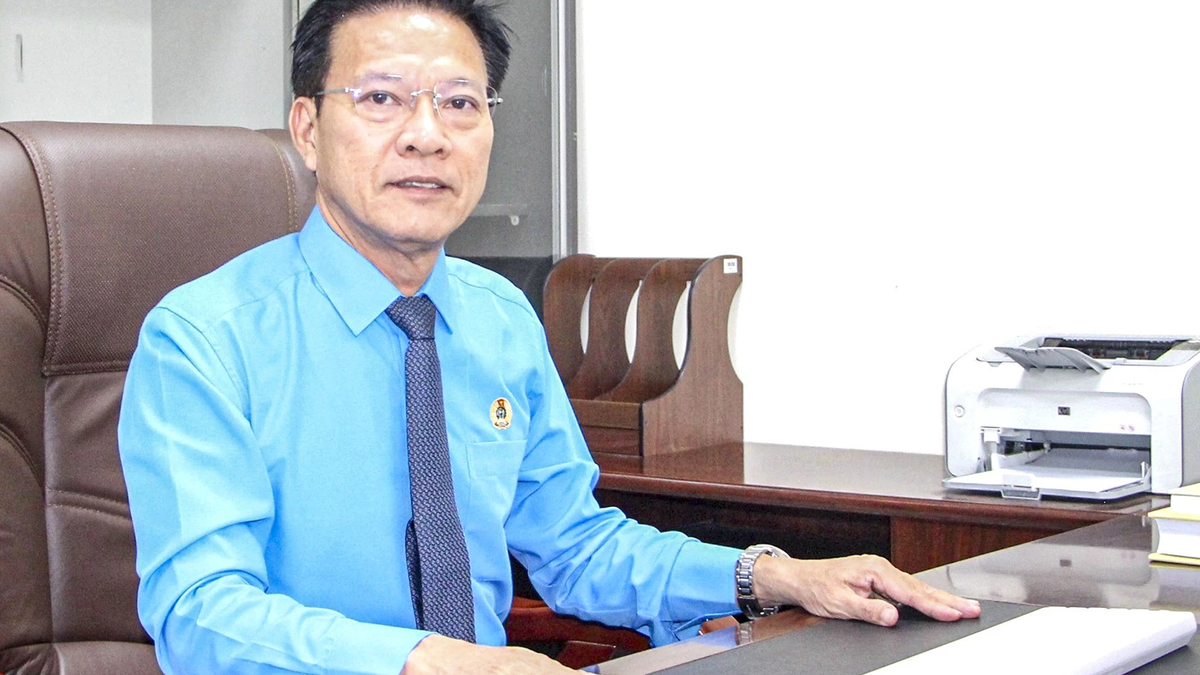
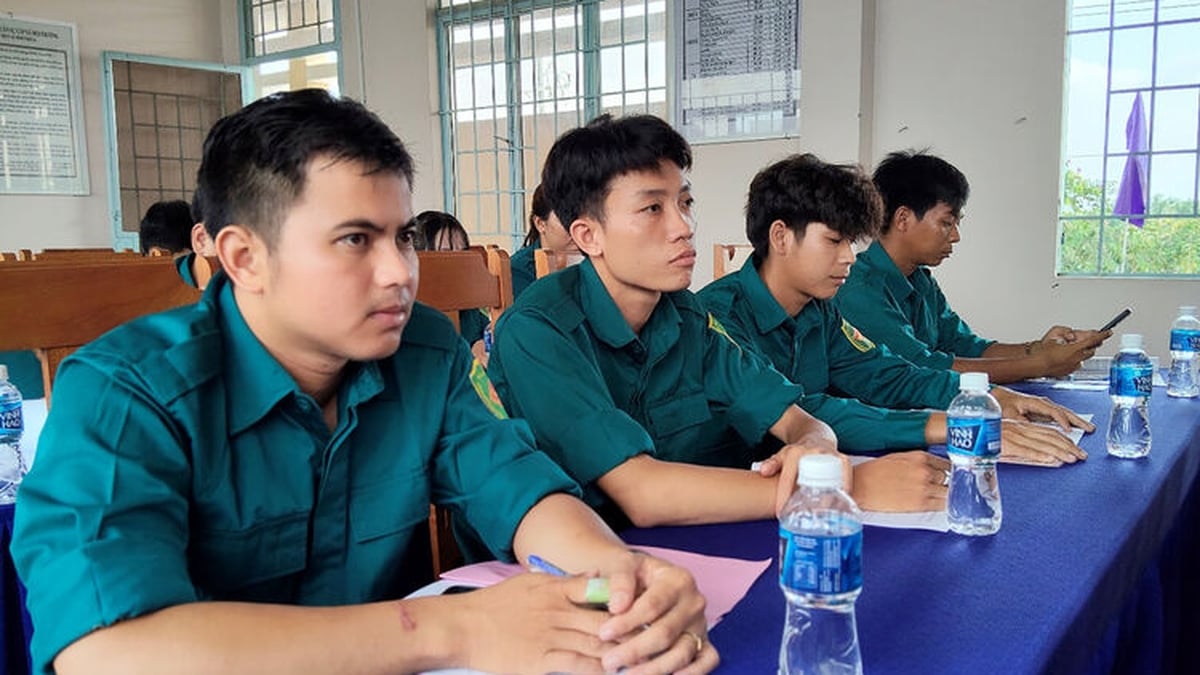
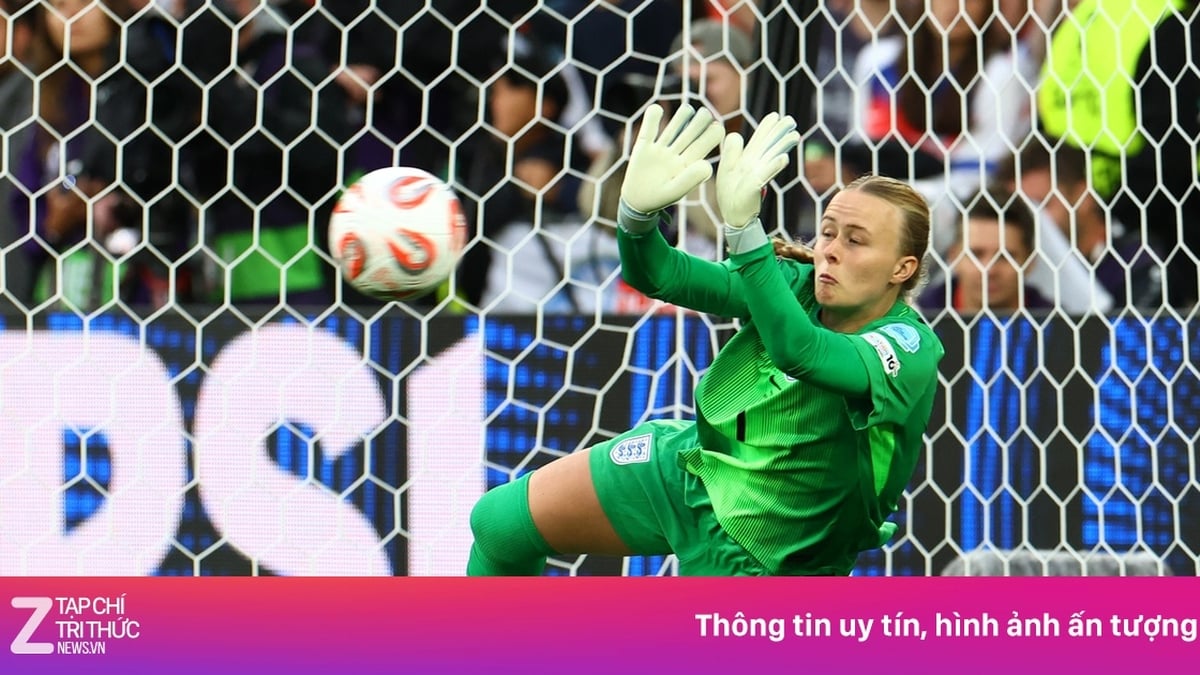
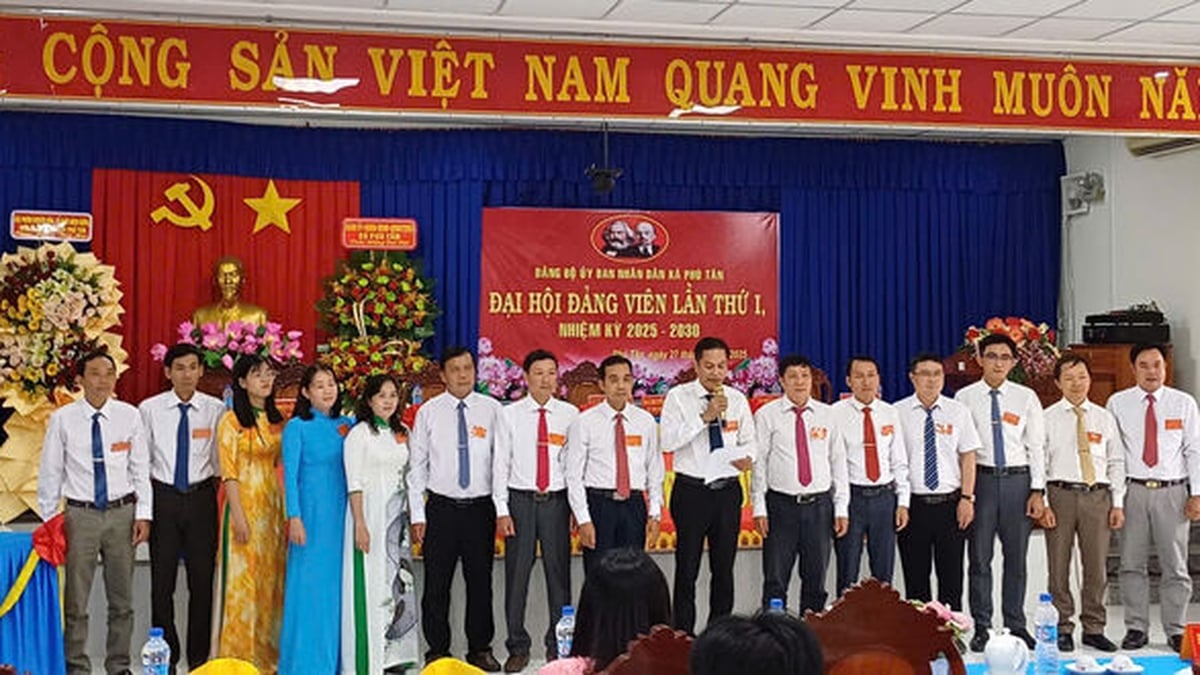


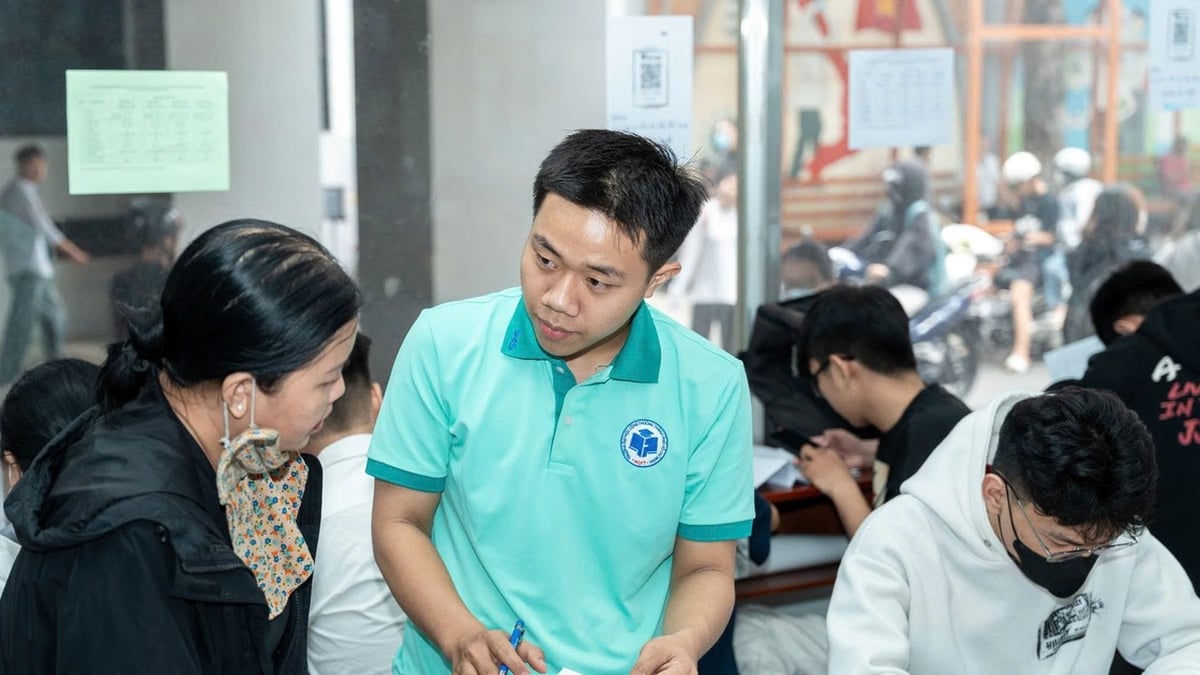

























































































Comment (0)